Introduction
Data security has become a critical concern for individuals and organizations in today’s digital age. With the increasing frequency and severity of cyber-attacks, it is essential to take proactive measures to protect your sensitive information. However, with so many different aspects to consider, it can be overwhelming to know where to start. In this article, we will outline the key areas you need to focus on to ensure the security of your data.
Understanding The Data You Need To Secure
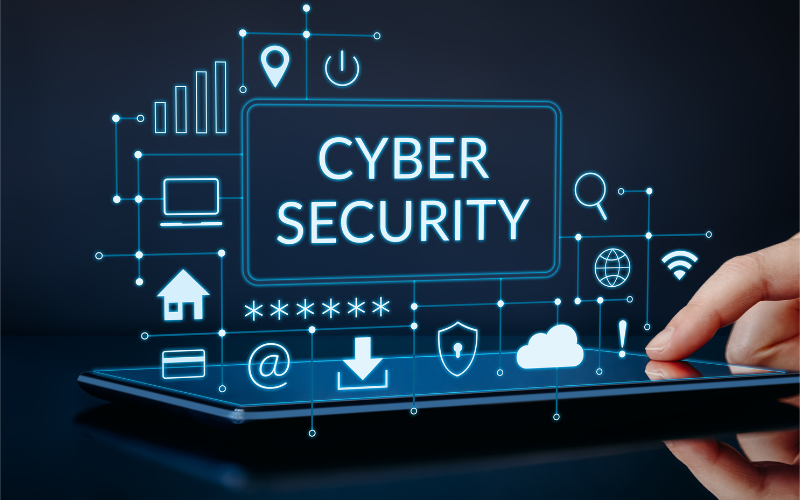
Data security is a crucial aspect that individuals and organizations must prioritize in today’s digital age. Cyber-attacks can cause significant damage to sensitive information, and it is essential to take proactive measures to protect it. However, before you can implement security measures, you need to understand the data you need to secure. The first step is to identify the types of data you have and their level of sensitivity. For instance, personal information, financial data, and intellectual property are highly sensitive and require robust security measures. On the other hand, non-sensitive data such as public information can have fewer security measures.
Evaluating Your Current Security Measures
To evaluate your current security measures, you should conduct a comprehensive security audit. This audit should include a review of your physical security measures, such as access controls, surveillance systems, and environmental controls. It should also include a review of your technical security measures, such as firewalls, intrusion detection systems, and encryption protocols. During the audit, you should identify any vulnerabilities or weaknesses in your security measures and develop a plan to address them. This plan should include both short-term and long-term solutions, such as upgrading your security systems, implementing new policies and procedures, and providing training to your employees.
What Are A Security And Data Protection Systems And Processes?
Security and data protection systems and processes refer to the measures put in place to safeguard sensitive information from unauthorized access, theft, or damage. These measures can include physical security such as locks and security cameras, as well as digital security measures such as firewalls, antivirus software, and encryption. Data protection processes involve implementing policies and procedures to ensure that sensitive information is handled appropriately, such as limiting access to certain data and ensuring that data is stored securely. These processes also involve ensuring that data is backed up regularly and that there are procedures in place for responding to security incidents or breaches.
Common Threats To Data Security
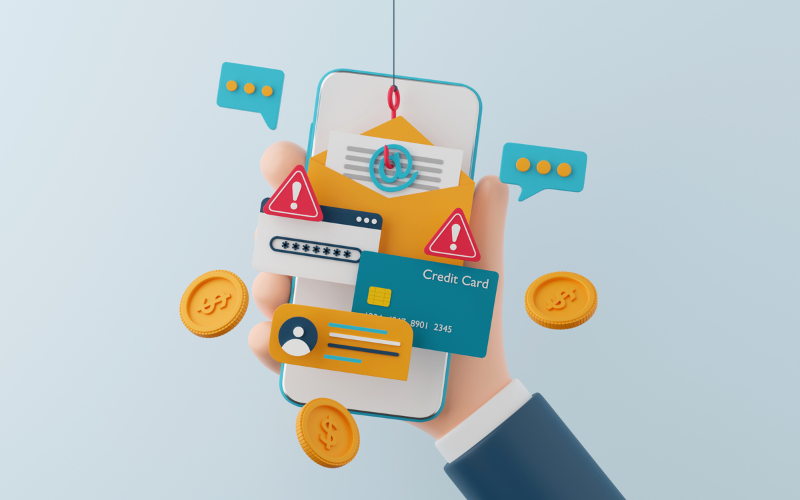
There are several common threats to data security that organizations should be aware of. These include:
1. Malware: Malware is malicious software that is designed to infiltrate and damage computer systems. This can include viruses, worms, and Trojan horses.
2. Phishing: Phishing is a type of social engineering attack where attackers try to trick individuals into giving away sensitive information, such as passwords or credit card numbers, by posing as a trustworthy entity.
3. Insider threats: Insider threats are security risks that come from within an organization, such as employees or contractors who have access to sensitive information.
4. Physical theft or loss: Physical theft or loss of devices, such as laptops or smartphones, can result in the loss of sensitive data.
5. Denial-of-service attacks: Denial-of-service attacks are designed to overwhelm a system with traffic, making it unavailable to users.
6. Man-in-the-middle attacks: Man-in-the-middle attacks occur when an attacker intercepts communication between two parties and can potentially steal sensitive information.
Importance Of Regular Data Backups
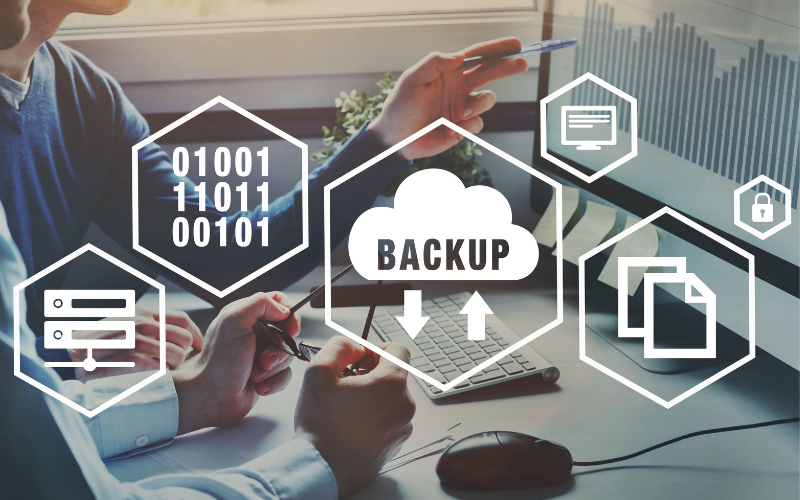
Regular data backups are crucial for any organization to ensure that their data is safe and secure. Backups provide a way to restore data in case of a cyber attack, system failure, or any other unforeseen event that could result in data loss. Organizations should establish a backup schedule that meets their specific needs and requirements. This could include daily, weekly, or monthly backups depending on the amount and criticality of the data.
It is also important to store backups in a secure location, preferably offsite, to protect against physical damage or theft. Additionally, organizations should test their backups regularly to ensure that the data can be restored in the event of a disaster.
Encryption And Data Security
Encryption is another important aspect of data security. It involves converting data into a code that can only be deciphered with a specific key or password. This helps to protect sensitive information from unauthorized access, as even if someone gains access to the encrypted data, they will not be able to read it without the proper key. There are many different encryption methods available, and organizations should choose the one that best fits their needs. It is also important to keep encryption keys and passwords secure, as they are the only way to access the encrypted data.
Physical Security Measures
Physical security measures are also important to protect against unauthorized access to sensitive information. This can include measures such as secure access controls, surveillance cameras, and secure locks on doors and windows. It is also important to restrict access to sensitive areas and to monitor who is coming and going from those areas.
Other physical security measures that can be implemented include biometric authentication, such as fingerprint or facial recognition, and the use of security guards or patrols to monitor the premises.
Network Security Measures
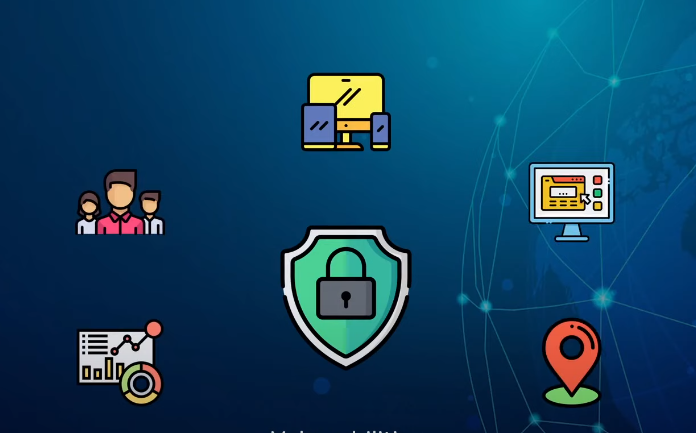
Network security measures are crucial to protect an organization’s data and systems from cyber-attacks. These measures include:
1. Firewalls: Firewalls are the first line of defense for a network. They monitor and control incoming and outgoing network traffic based on predetermined security rules.
2. Virtual Private Networks (VPNs): VPNs provide a secure connection between remote users and the organization’s network. This allows remote employees to access company resources while keeping the network secure.
3. Intrusion Detection and Prevention Systems (IDPS): IDPS detect and prevent unauthorized access to a network. They monitor network traffic and alert security personnel of any suspicious activity.
4. Anti-virus and Anti-malware software: These software programs protect against viruses, malware, and other malicious software that can compromise a network.
5. Patch Management: Regularly updating software and operating systems with the latest security patches can prevent vulnerabilities from being exploited by cybercriminals.
Data Security Regulations And Compliance
Data security regulations and compliance are essential for organizations to protect sensitive information and avoid legal and financial consequences. These regulations vary depending on the industry, location, and type of data being handled. For example, healthcare organizations must comply with the Health Insurance Portability and Accountability Act (HIPAA), while financial institutions must comply with the Gramm-Leach-Bliley Act (GLBA) and the Payment Card Industry Data Security Standard (PCI DSS).To ensure compliance, organizations must implement security measures such as encryption, access controls, and regular security audits. They must also train employees on the importance of data security and provide them with the necessary tools and resources to comply with regulations. Failure to comply with data security regulations can result in severe penalties, including fines, legal action, and damage to the organization’s reputation.
Cloud Security
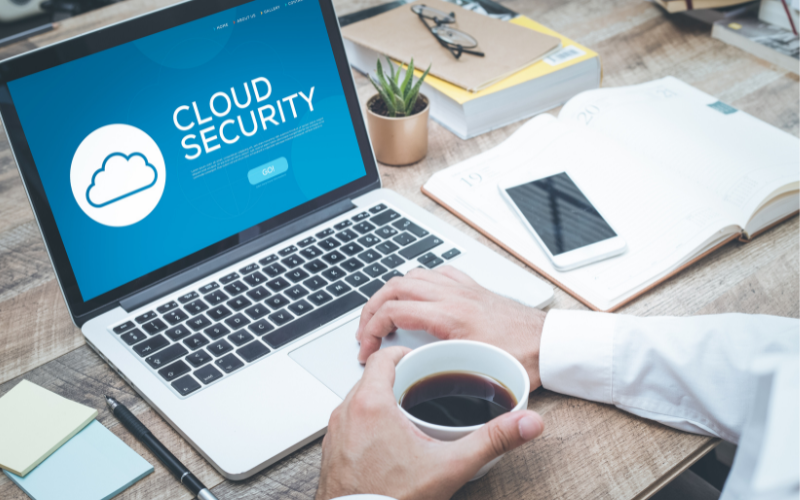
Cloud security is the practice of protecting data, applications, and infrastructure that are hosted on cloud computing platforms. Cloud security involves a combination of technologies, policies, and controls to ensure the confidentiality, integrity, and availability of cloud-based resources. Cloud security measures may include encryption, access controls, network security, and regular security audits. Cloud service providers also play a role in ensuring cloud security by implementing security measures at the infrastructure level and providing customers with tools and resources to help them comply with security regulations.
Security Audits And Assessments
To ensure the effectiveness of your security measures, it is important to regularly conduct security audits and assessments. These can help identify vulnerabilities and potential areas of weakness in your systems and processes, allowing you to take proactive steps to address them before they can be exploited by attackers. A security audit typically involves a thorough review of your organization’s security policies, procedures, and controls, as well as an assessment of your physical and digital assets. This can include everything from network infrastructure and software applications to employee training and access controls. The audit may also involve penetration testing, which involves attempting to exploit vulnerabilities in your systems to identify areas that need improvement.
Collaboration And Vendor Security
Collaboration and vendor security are also important aspects of maintaining a strong security posture for your organization. When working with vendors or partners, it’s important to ensure that they have adequate security measures in place to protect any sensitive information or data that you may be sharing with them. To ensure vendor security, you can conduct due diligence by researching their security practices and asking for proof of compliance with industry standards and regulations. You can also include security requirements in your contracts and agreements with vendors to ensure that they are adhering to your security standards. Additionally, you can monitor their security practices through regular audits or assessments to ensure that they are maintaining the necessary security measures. It’s also important to have a plan in place for how to handle any security incidents or breaches that may occur with your vendors. By taking these steps, you can help protect your organization’s sensitive information and data while working with vendors or partners.
Data Privacy And Access Control
When it comes to data privacy and access control, it’s important to have policies and procedures in place to protect sensitive information. This may include implementing strong passwords, limiting access to certain data based on job roles or responsibilities, and regularly reviewing and updating access permissions. It’s also important to ensure that any third-party vendors or partners who have access to your organization’s data have appropriate security measures in place. This may include requiring them to sign confidentiality agreements, conducting background checks, and regularly monitoring their access to the data. In addition to security measures, it’s important to establish clear guidelines and policies for handling sensitive information. This may include guidelines for data storage, retention, and disposal. It’s also important to regularly train employees on these policies and to conduct regular audits to ensure compliance.
Finally, in the event of a data breach or security incident, it’s important to have a plan in place for responding quickly and effectively. This may include notifying affected individuals, conducting an investigation to determine the cause of the incident, and taking steps to prevent future breaches. It’s also important to have a designated person or team responsible for handling the response to the incident. In addition to these measures, it’s important to stay informed about the latest security threats and to keep your systems and software up-to-date with the latest security patches and updates. This can help to minimize the risk of a security breach and ensure that your sensitive information remains protected.
Cybersecurity Insurance
Cybersecurity insurance is another important aspect of protecting your business from the financial impact of a security breach. This type of insurance can provide coverage for things like legal fees, data recovery costs, and loss of income due to a security incident. It’s important to carefully review the coverage options and exclusions of any cybersecurity insurance policy you are considering, as well as to ensure that your business is implementing strong security measures to minimize the risk of a breach.
Emerging Technologies And Data Security
As new technologies emerge, it’s important to stay vigilant about data security. This includes things like ensuring that all devices and software are up-to-date with the latest security patches, implementing strong password policies, and using encryption to protect sensitive data. Additionally, it’s important to be aware of the potential risks associated with emerging technologies like the Internet of Things (IoT) and artificial intelligence (AI) and to take steps to mitigate those risks. This might include things like implementing network segmentation to isolate IoT devices.
Conclusion
Continuous improvement in data security is crucial to stay ahead of constantly evolving cyber threats. As technology advances, so do the methods used by cybercriminals to breach security systems. Therefore, it is essential to regularly assess and update security measures to ensure they are effective against new threats. Additionally, continuous improvement can help organizations identify vulnerabilities and weaknesses in their security systems and address them before they are exploited by cybercriminals. This can prevent costly data breaches and protect sensitive information from being compromised.
Frequently Asked Questions (FAQs)
What Is Data Security?
Data security refers to the protection of digital information from unauthorized access, theft, or damage. It involves implementing various measures and protocols to ensure the confidentiality, integrity, and availability of data. Data security is essential for safeguarding sensitive information, such as personal data, financial information, and intellectual property, from cyber threats and attacks.
What Are Some Common Threats To Data Security?
Some common threats to data security include hacking, phishing, malware, ransomware, social engineering, insider threats, and physical theft or loss of devices containing sensitive information. It’s important to take steps to protect against these threats, such as using strong passwords, keeping software up-to-date, being cautious of suspicious emails or links, and implementing appropriate security measures for physical devices.
Why Is Employee Training Important For Data Security?
Employee training is important for data security because employees are often the first line of defense against potential security threats. They need to be aware of the risks and how to prevent them, as well as how to respond appropriately if a security breach occurs. By providing regular training on data security best practices, organizations can help ensure that their employees are equipped to protect sensitive information and maintain the security of their systems and networks. This can ultimately help prevent costly data breaches and protect the reputation of the organization.
What Is Cybersecurity Insurance, And Do I Need It?
Cybersecurity insurance is a type of insurance policy that provides coverage for losses and damages resulting from cybersecurity incidents, such as data breaches, network failures, and cyber attacks. The coverage can include costs associated with investigating the incident, notifying affected parties, recovering lost data, and defending against lawsuits. Whether or not an organization needs cybersecurity insurance depends on a variety of factors, including the size and type of the organization, the sensitivity of the data it handles, and the potential financial impact of a cybersecurity incident. It’s important to assess the risks and potential costs of a security breach and determine if insurance coverage is necessary to mitigate those risks. It’s also important to carefully review the terms and conditions of any cybersecurity insurance policy to ensure that it provides adequate coverage for your organization’s specific needs.
